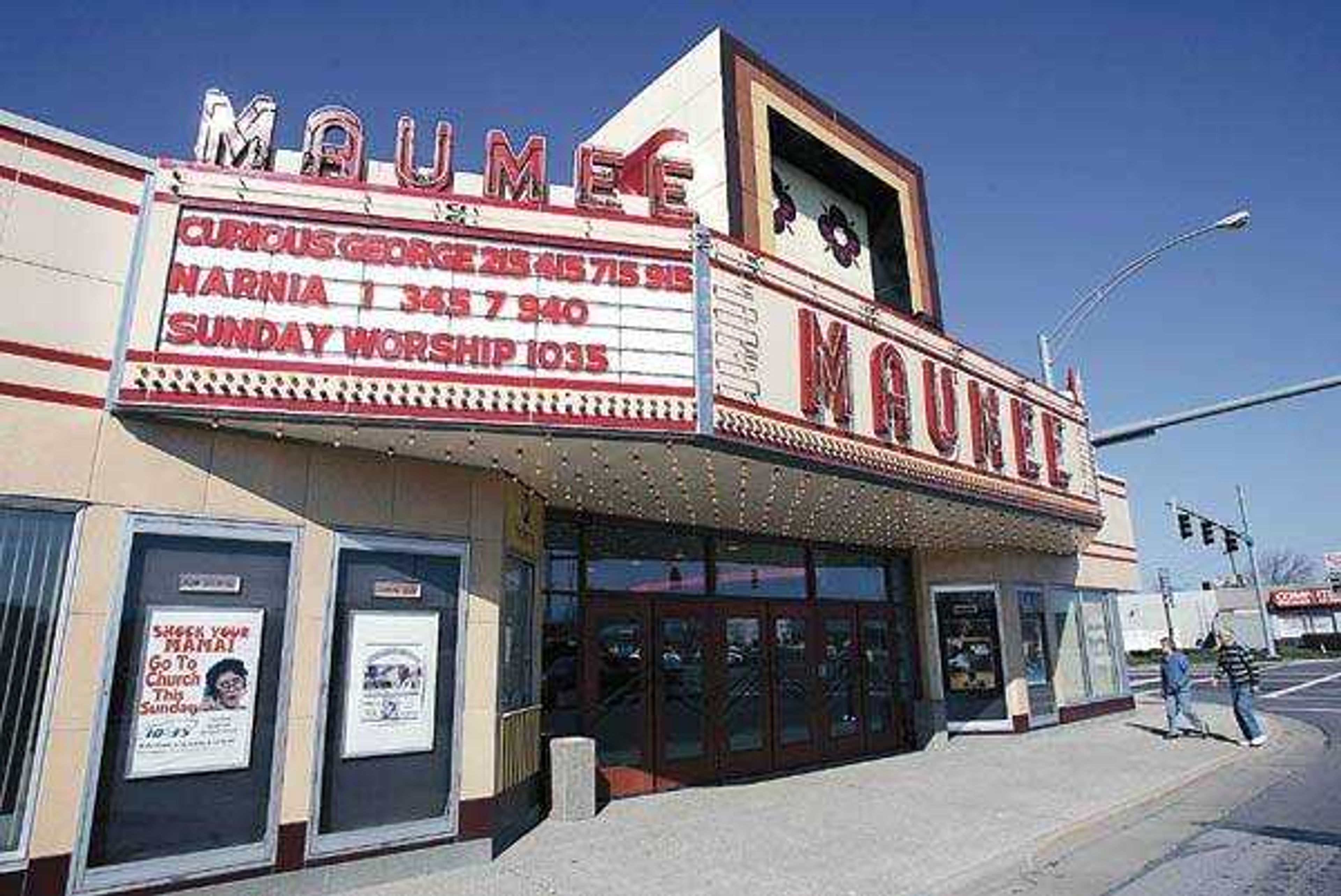New style of worship
MAUMEE, Ohio -- The pews have been replaced by upholstered chairs at St. Paul's Lutheran Church in Maumee. The altar is now an expansive stage that accommodates drummers, guitarists and keyboard players. The most popular seats in the building are the two leather couches that make the church's entryway feel like a hip coffee shop...
MAUMEE, Ohio -- The pews have been replaced by upholstered chairs at St. Paul's Lutheran Church in Maumee. The altar is now an expansive stage that accommodates drummers, guitarists and keyboard players. The most popular seats in the building are the two leather couches that make the church's entryway feel like a hip coffee shop.
St. Paul's rocks -- with dancing, clapping and happy music that is making its contemporary services ever-more popular, eclipsing the traditional Sunday morning services it still offers.
"We needed to offer something different because people were leaving to find churches where they could express more joy or celebration," said the Rev. Roger Miller, St. Paul's pastor. "The church is just looking for a way to speak to the culture."
Many mainline Protestant denominations with leveling or declining attendance are experimenting with similar ideas, following the lead of nondenominational megachurches that appeal to young people and families.
"Mainline churches are way behind in the ballgame because they were so steeped in their worship traditions," said Ronald Shifley, pastor at Spencerville United Church of Christ, which started a contemporary service two years ago."Down the road, churches will have to move to contemporary worship in some form or they'll cease to exist."
Contemporary services are less formal than the coat-and-tie services. Praise bands take the place of an organ or a choir. There's dancing instead of kneeling. Skits are acted out. Hymn books are missing. Scripture often still plays a role but in less formalized readings.
This style of worship is a big reason Protestant megachurches have grown so much, with some drawing members away from traditional churches. Megachurches with a weekly attendance of at least 2,000 have doubled in five years to 1,210 churches, according to a study from Leadership Network, a church-growth consulting firm in Dallas.
St. Paul's, which is in suburban Toledo, holds one of its contemporary services in a movie theater about two blocks from the church, getting edgier with skits, flashing lights and rock 'n' roll. St. Paul's calls it "church for people who don't go to church."
There's not a suit and tie among the crowd. About 150 people attend each week -- more than the number at the 8 a.m. Sunday traditional service. Financially, it's almost reached a break-even point, balancing out against the cost of renting the theater and paying for utilities.
People who might be uncomfortable going into a church have no problem going to a theater, said member Patti Rish. A few always wander in late.
"They don't come in with a quiet reverence," she said. "It's just like going to the movies."
Instead of popcorn and soda, churchgoers grab cups of chocolate-flavored coffee and jelly doughnuts on their way into worship. The service starts out with a skit about golfing and religion, and moves into rock 'n' roll with a heavy drum beat that brings nearly everyone out of their seats.
St. Paul's added its first contemporary service 11 years ago. Attendance on Sunday mornings had flattened out to a little more than 400, and Miller was worried that the church would soon see a decline.
He also thought Sundays were becoming a little stale. "I remember saying to myself, 'I'm just tired of this. It's the same old, same old,'" he said.
The results were dramatic.
Attendance increased every year -- it grew by 63 percent in the first six years. Many attendees were families with different religious backgrounds. "We had a lot of mixed marriages that ended up settling here," Miller said.
Rish, who grew up Roman Catholic, began attending St. Paul's just before the initial changes. "When I stripped away the tradition, I was able to make a better connection with God," she said.
The growth allowed the church to begin a $2.6 million renovation -- an addition that included new Sunday school rooms, a new kitchen and an updated sanctuary.
The transition, however, can be traumatic. Churches often lose at least a few longtime members and risk alienating a large part of their congregations.
"People are creatures of habit and messing with their worship service reaches pretty close to the core of their faith," said Bill Rindy, a pastor at First Lutheran Church in Fargo, N.D. "You're on holy ground and need to be aware of that."
His church offers both styles of worship, which has "helped us avoid the worship wars," Rindy said.
St. Paul's has lost about 50 members, mainly because of the worship changes and sanctuary renovation. Dave Metzger, director of evangelism, said the church became two totally different congregations.
But that's started to change.
Some members who attend the early traditional service now linger afterward and have coffee with the contemporary crowd. Some are crossing over to attend both services.
Such a scene played out recently after services as Forey Kosch, a member of St. Paul's for 50 years and dressed in coat and tie, greeted another congregant. He was wearing a leather jacket and blue jeans.
Connect with the Southeast Missourian Newsroom:
For corrections to this story or other insights for the editor, click here. To submit a letter to the editor, click here. To learn about the Southeast Missourian’s AI Policy, click here.









